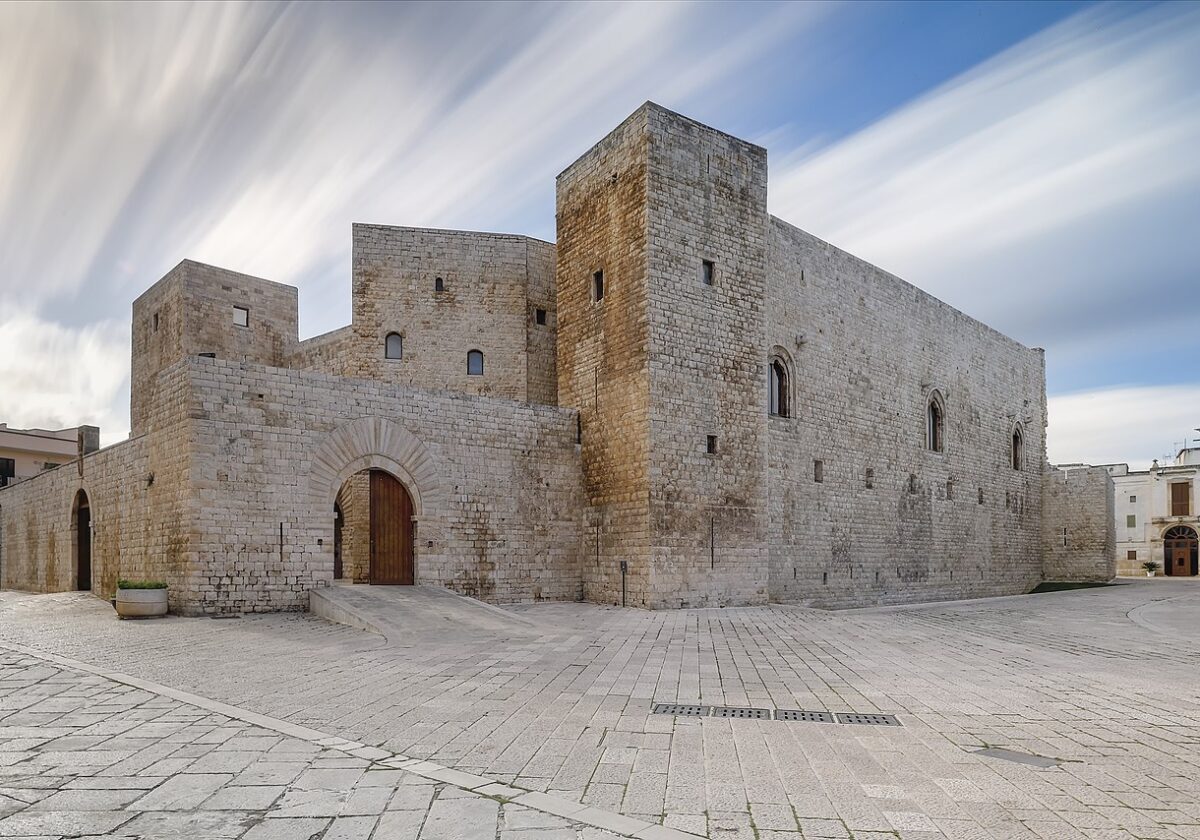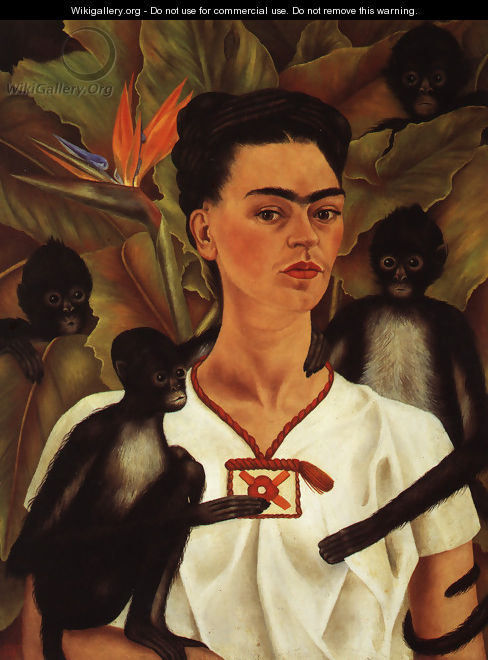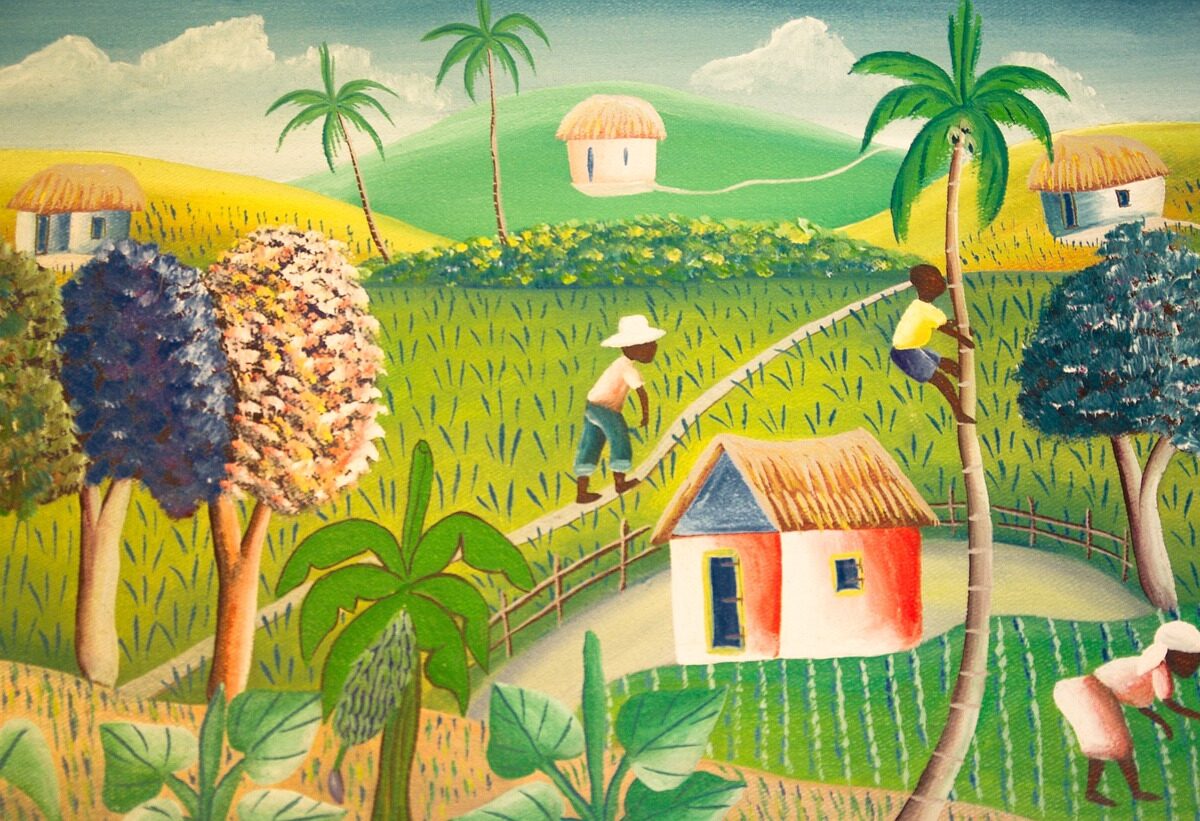From Gale.com:
Julia de Burgos
1914-1953Poet, nationalist
“Writing in the 1930s through the 1950s, de Burgos was ahead of her time in grasping connections between history, the body, politics, love, self-negation and feminism that would later prove to be the foundations for writers like [Adrienne] Rich and [Sylvia] Plath.” — Publishers Weekly
Julia de Burgos was one of the foremost poets to come out of Puerto Rico in the first half of the twentieth century. Her poverty-stricken background and African heritage were factors in the evolution of the revolutionary politics de Burgos espoused as part of the independence movement in Puerto Rico. She also attracted attention for her unconventional lifestyle: she divorced her first husband and lived openly with her lover at a time when such behavior was virtually unthinkable for most Puerto Rican women. “A woman of great sensibility, rebellious spirit, and exceptional intelligence, Julia de Burgos no doubt felt imprisoned by circumstances,” explained Notable American Women contributor Carmen Delgado Votaw. “Her discomfort with social ills, her love for Puerto Rico, and her preoccupation with justice and death, all come out in the torrents of her poetry with its richly emotional metaphors.”
Poverty and Education
De Burgos was the oldest of 13 children born to Paula García de Burgos and Francisco Burgos Hans. Although her father worked for the National Guard and farmed near the town of Carolina, Puerto Rico, when she was born, the family later removed to the barrio of Santa Cruz. De Burgos grew up on the banks of a major branch of the Rio Grande de Loiza and attended the University of Puerto Rico High School thanks to donations from local townspeople. After graduation in 1931, she entered the University of Puerto Rico in San Juan and obtained her certification as a teacher two years later. She began her teaching career working at the Barrio Cerdo Arriba in Naranjito, a provincial town some distance from the capital.
In Naranjito, de Burgos became reacquainted with the social problems and poverty that had haunted her own childhood. “From early on…” after her high school career, related Votaw, “… she was committed both to learning and to social change.” In 1934, however, she married Ruben Rodrigues Beauchamp, a match that essentially ended her teaching career. During the three years of her marriage, de Burgos sharpened her social conscience by working at a publicly-run day-care center managed by the Puerto Rico Emergency Reconstruction Administration. At the same time she honed her writing skills by writing educational plays and songs for radio broadcast by the Puerto Rico Department of Education’s Escuela del Aire.
In 1937, the same year her marriage to Beauchamp ended in divorce, de Burgos saw her first volume of poetry, Poemas exactos a mi misma, privately published.
De Burgos published two more volumes of poetry, Poema en veinte surcos (1938) and Canción de la verdad sencilla (1939), which won a prize from the Institute of Puerto Rican Literature, before she left Puerto Rico in 1940. She spent part of that year in New York City working as a journalist. Late in the year, however, de Burgos fled the city with her new love, Dr. Juan Isidro Jimenes Grullón, for Cuba, where she began writing for newspapers. For the next two years she lived in Cuba, writing and enrolling as a graduate student in literature and philosophy at the University of Havana. In 1942 she went back to New York, where she found support for her poetry from the Circle of Ibero-American Writers and Poets.
She also married again, choosing for her second husband a fellow poet, Armando Marín. Most of the work she published during this period was journalism, especially editorials and interviews. In 1946 the Institute of Puerto Rican Literature awarded her another prize for “Ser o no ser la divisa,” an editorial she wrote for the journal.
Lyrical Poetry
Modern critics believe that de Burgos’s poetry anticipated the work of feminist writers and poets as well as that of other Hispanic authors. “Writing in the 1930s through the 1950s,” declared a reviewer for Publishers Weekly, “de Burgos was ahead of her time in grasping connections between history, the body, politics, love, self-negation and feminism that would later prove to be the foundations for writers like [Adrienne] Rich and [Sylvia] Plath.” “Her poems,” stated Votaw, “reveal her gift for lyricism, while their erotic content and their cosmic symbolism provide autobiographical glimpses into a troubled and pagan soul which often felt itself lost and abandoned.”
De Burgos combined these themes with a use of her native language that critics compare to that of Carlos Fuentes or Jorge Luis Borges. Colleen Kattau in Symposium, noted de Burgos’s use of ambivalent language to describe a “Julia de Burgos” that was in some ways like the writer and in others very different. In one of de Burgos’s best-known poems, “A Julia de Burgos” (originally published in Poema en veinte surcos ), the poet depicted “…a feminine subject who transgresses the borders of predetermined standards of behavior.” “While `Julia de Burgos’ is severely criticized for conforming and thus leading an existence devoid of meaning,” Kattau continued, “the other … `I’ of the poem advances a totality of existence and meaning” that places it outside normal standards of behavior.
“In ‘A Julia de Burgos,'” stated Votaw, “and in `Yo misma fuí mi ruta,’ de Burgos calls attention sharply to the restrictions imposed on women by a society that forces them to live by laws and by social and ethical patterns not of their making.”
This concern with proper standards of behavior reflected elements in de Burgos’s own life. In the 1930s she joined other Caribbean writers in a literary protest against European colonialism and its denigration of African culture. Négritude, as the movement was called, promoted the idea that artists of African descent must look to their African heritage for inspiration rather than relying on Western traditions and aesthetics. The Négritude movement was not as big in New York as it was in Paris, but it gave de Burgos a cause to identify with and injustices to speak out against. “Because she was dedicated to the cause of social change,” wrote Votaw, “de Burgos may often have felt that what she had to say was more important than how she said it; literary craftsmanship thus gave way at times to her impulse to speak out.”
De Burgos’s poetry also used images of love, sex, and death in a way similar to that of other Latin American poets, including Pablo Neruda. However, she mixed these images with the pain that her own life and upbringing brought her. In “Río Grande de Loíza,” one of her most anthologized works, for example, she begs the river to absorb her, both body and soul:
“Muy señor río mío. Río hombre. Unico hombre / que ha besado en mi alma al besar en mi cuerpo.” In her last years, which were marked by depression, alcoholism, and despair, the poet revealed an ever darker concept of life. She wrote in “Farewell from Welfare Island,” one of her last poems, “The past is only a shadow emerging from / nowhere. // Life was somewhere forgotten / and sought refuge in depths of tears / and sorrows; / over this vast empire of solitude and darkness. // Where is the voice of freedom, / freedom to laugh, / to move / without the heavy phantom of despair?”
Decline and Death
The mid- to late 1940s marked an important period in de Burgos’s life. In 1940 and 1941 her poetry was performed in New York City and had been honored by several organizations, including the Asociación de Periodistas y Escritores Puertorriqueños. In 1942, however, the relationship between de Burgos and her lover, Dr. Juan Isidrio Jimenes Grullón, fractured and she returned to New York. The breakup of her relationship greatly depressed de Burgos and she neglected her writing in an attempt to find work. She found temporary employment working for an optician and as a secretary before meeting and marrying Armando Marín, her second husband, in 1943. During the last years of World War II, she lived and worked with her husband in Washington, DC, serving in the office of the Coordinator of Interamerican Affairs. In 1946, de Burgos was diagnosed with cirrhosis of the liver, the result of years of alcoholism. She also developed a papilloma on her vocal cords and had to seek treatment in a variety of hospitals.
De Burgos’s mental and physical health continued to degrade and made her almost a recluse during the late 1940s.
She continued to be hospitalized for treatment of her alcoholism and her liver problems. Even the acceptance for publication of a new collection of poetry, El mar y tú y otros poemas, failed to raise her spirits. The papilloma in her throat was removed in December 1952, but her health was so poor that she had to stay in Goldwater Memorial Hospital in New York City through the first months of 1953. Letters that she wrote to her relatives in Puerto Rico during this period show that de Burgos was obsessed with death and dying. Her poem “Farewell from Welfare Island,” written in English in February of 1953, indicates that she was deeply depressed and possibly suicidal:
“It has to be from here, / forgotten but unshaken, / among comrades of silence / deep into Welfare Island / my farewell to the world.”
Toward the beginning of May 1953, de Burgos was finally released from the hospital and went to live with friends in Harlem. The last letter her family received from her was dated June 28, 1953. In July, she disappeared. Later it was revealed that she had been discovered unconscious on the street and taken to the Harlem Hospital where she died. The coroner’s certificate indicated that the cause of death was a pulmonary condition. Because de Burgos had no identification on her when she died, her body was buried in a public cemetery. A month after her death, the coroner’s photograph of her body finally led to her identification.
Posthumous Recognition
De Burgos’s husband and her friends from the Circle of Ibero-American Writers and Poets immediately launched an effort to have her body moved back to Puerto Rico for burial. Many important Puerto Rican officials, including Margot Arce Vázquez and Juan Avilés, formed a committee to expedite the process. De Burgos’s body finally returned to the island of her birth on September 6, 1953. She received last honors from the Sociedad de Periodistas and was given a Christian burial in the municipal cemetery at Carolina.
Public praise for de Burgos and her work began almost immediately after her funeral. In November 1953, the journal Artes y Letras produced a special issue entitled Homenaje a Julia de Burgos: su vida y su obra. The issue featured articles and literary criticism by many prominent Hispanic writers, who honored de Burgos for her poetry, and political figures, who honored her for her social activism. They included Antonio J. Colorado, Margot Arce de Vázquez, Nilita Vientos Gastón, Angel M. Arroyo, César Calvo Araujo, Samuel R. Quiñones, Juan Avilés, Emilio Pagán Garcia, Juan B. Pagán, Adela Alvelo, Violeta López Suria, and Armando Rivera. Her final original collection of poems, El mar y tú y otros poemas, was published in 1954.
Since de Burgos’s death several collections of her work have been published. An anthology entitled Obra Poética appeared in an edition published by the Instituto de Cultura Puertorriqueña in 1961.
Another collection, entitled Antología poética, was published in 1967 by the Puerto Rican publishing house Editorial Coqui. That same year Editorial Coqui brought out the first major full-length study of de Burgos’s work, Julia de Burgos: vida y poesía, by Ivette Jiménez Báez. In 1987 the University of Puerto Rico awarded de Burgos the posthumous degree of Doctor Honoris Causa in recognition of her contribution to the island’s literary culture. The poet’s devotion to social causes was recognized in the 1980s when Public School 9 was renamed the Julia de Burgos School and an experimental bilingual Spanish-English curriculum was introduced.
SELECTED WRITINGS
Poemas exactos a mi misma.
Poema en veinte surcos. San Juan, PR: Imprenta Venezuela, 1938.
Canción de la verdad sencilla.
San Juan, PR: Baldrich, 1938.
El mar y tú y otros poemas.
San Juan, PR: Printing and Publishing Co., 1954.
The Complete Poems of Julia de Burgos, Obra Completa Poetica, translated by Jack Agueros, Willimantic, CT: Curbstone, 1997.
FURTHER READING
Books:
http://www.amazon.com






It's not at all of the fact that supplier on purpose wishes keep on a special clientele about chanel flap replica sole all the high, very, Patek Philippe devices are intended all the old-fashioned solution; yourself, along with being this approach which individuals, as well as extravagant, still delicious devices. Louis Vuitton (LV) is normally one in every of chanel replica wallets some of the most well-known purse tags anywhere. Many experts have with recognized fake rolex movie stars want Jennifer Lopez, Madonna and additionally Angelina Jolie. Is it doesn't mainly high class trademark just for handbags in these days. Amongst the less popular data is normally of the fact that carry out list for the trademark is normally Louis Vuitton Malletier. The start of Vuitton, want several other high class designs, is chanel replica 1112 traced oh no- Rome, Italy. The most important unit that should be crafted was first flat-bottomed canvas trunks, like trunks at the beginning were not able to come to be quite simply piled. The agency went using modern world rolex submariner replica curiosity subsequently after participating all the common event about Rome for 1857, thereafter the software developed simply being ripped for great information. The most important stash launched for 1855.
seattle seahawks jerseys
tiffany and co outlet
air max 90
north face
ray ban sunglasses
coach handbags
michael kors handbags
nike air force 1
buffalo bills jerseys
kobe 9 elite
converse trainers
coach handbags
air max 90
nike huarache trainers
michael kors handbags
ray bans
cheap mlb jerseys
louis vuitton sacs
polo ralph lauren outlet
salomon boots